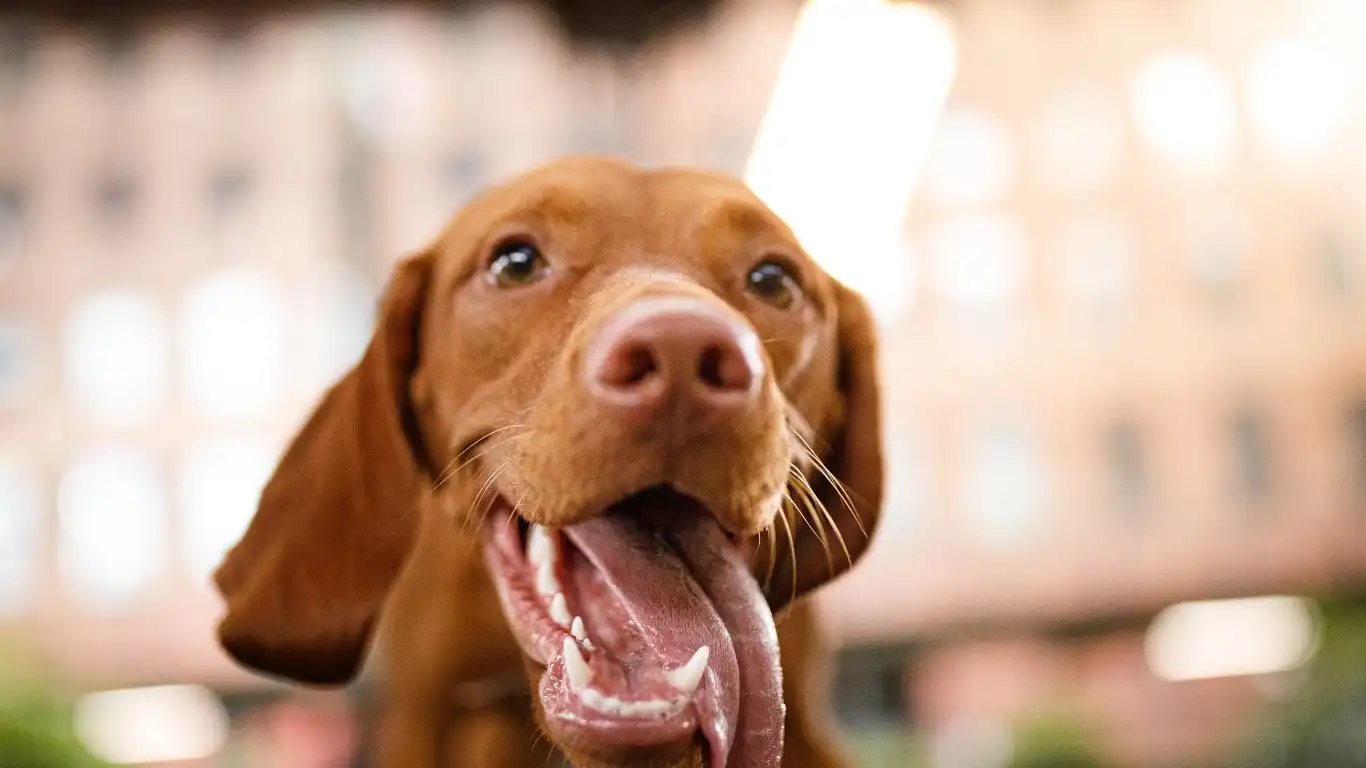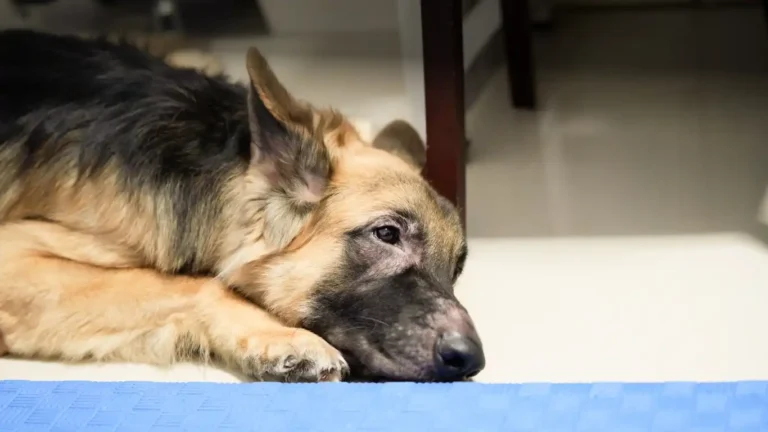Ultimate Guide to How to Maintain a Healthy Daily Routine for Your Dog
Wondering how to maintain a healthy daily routine for your dog? You’re definitely not alone—I get asked this all the time at the clinic. As a Veterinary Technician specializing in pet nutrition, I’ve seen firsthand how a consistent routine can completely transform a dog’s behavior, energy levels, and overall health. But here’s the thing: it doesn’t have to be complicated. With just a few intentional habits woven into your day, you can help your dog live a longer, happier life. Let’s dive into what that really looks like from a practical, real-world perspective (no fluff, I promise!).
Start With a Morning Routine They Can Count On
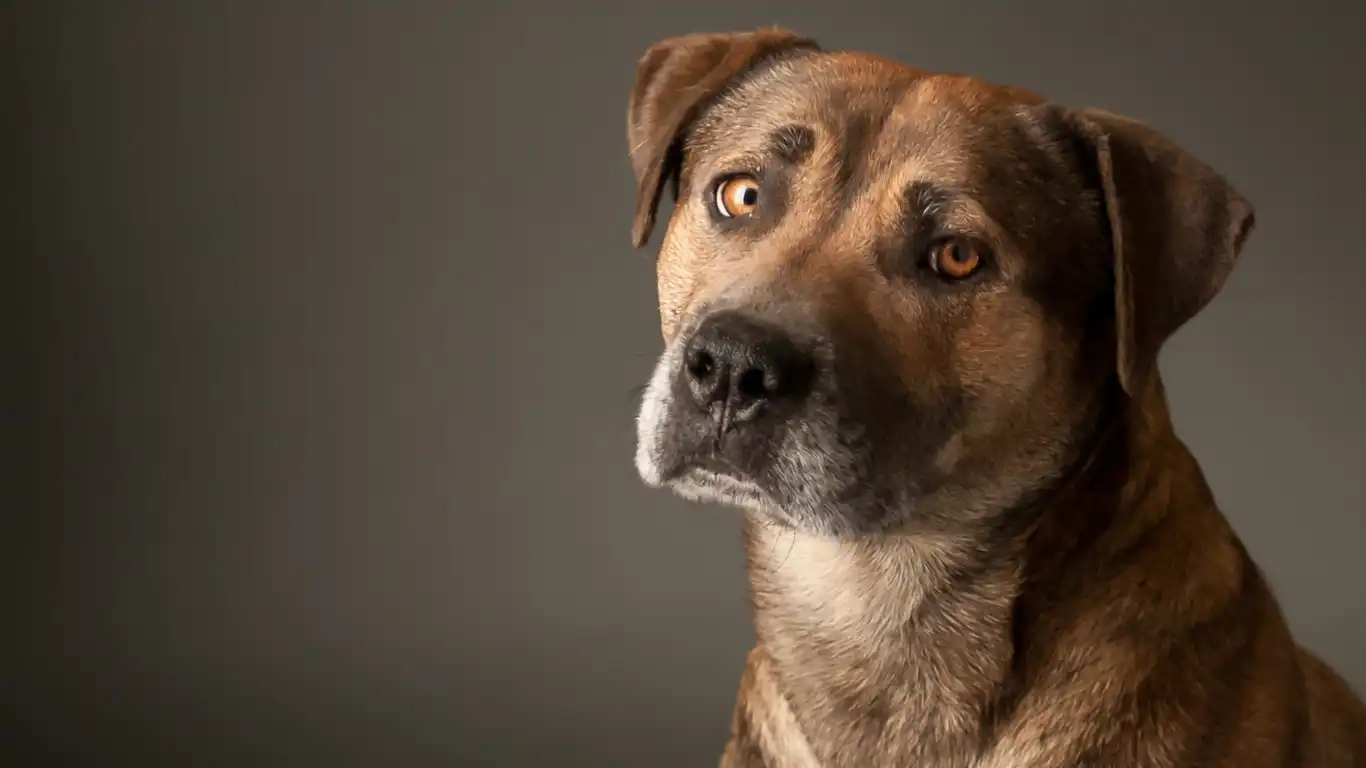
Consistent Wake-Up Time
Dogs thrive on consistency—it reduces stress and sets a stable rhythm for the day. Try to wake up at the same time every day. Your pup’s internal clock will thank you. I know my Labrador mix, Leo, practically starts pacing near the bed if I’m five minutes late. It’s his polite way of saying, “Hey, it’s walk o’clock!”
Hydration First Thing
Before food or play, make sure your dog has access to fresh water. Overnight, bowls can get a little funky. Rinse and refill each morning to keep them hydrated and healthy. Dehydration is sneaky, and many owners don’t notice it until their dog starts showing signs of fatigue or dry nose. Been there, treated that.
Bathroom Break & Quick Stretch
First thing after waking up, take your pup out for a bathroom break. It’s not just about doing their business—it’s a chance to stretch, sniff, and get their senses going. It’s kind of like us getting that first cup of coffee. Same energy, different fuel.
Fueling Your Dog: Daily Nutrition Habits
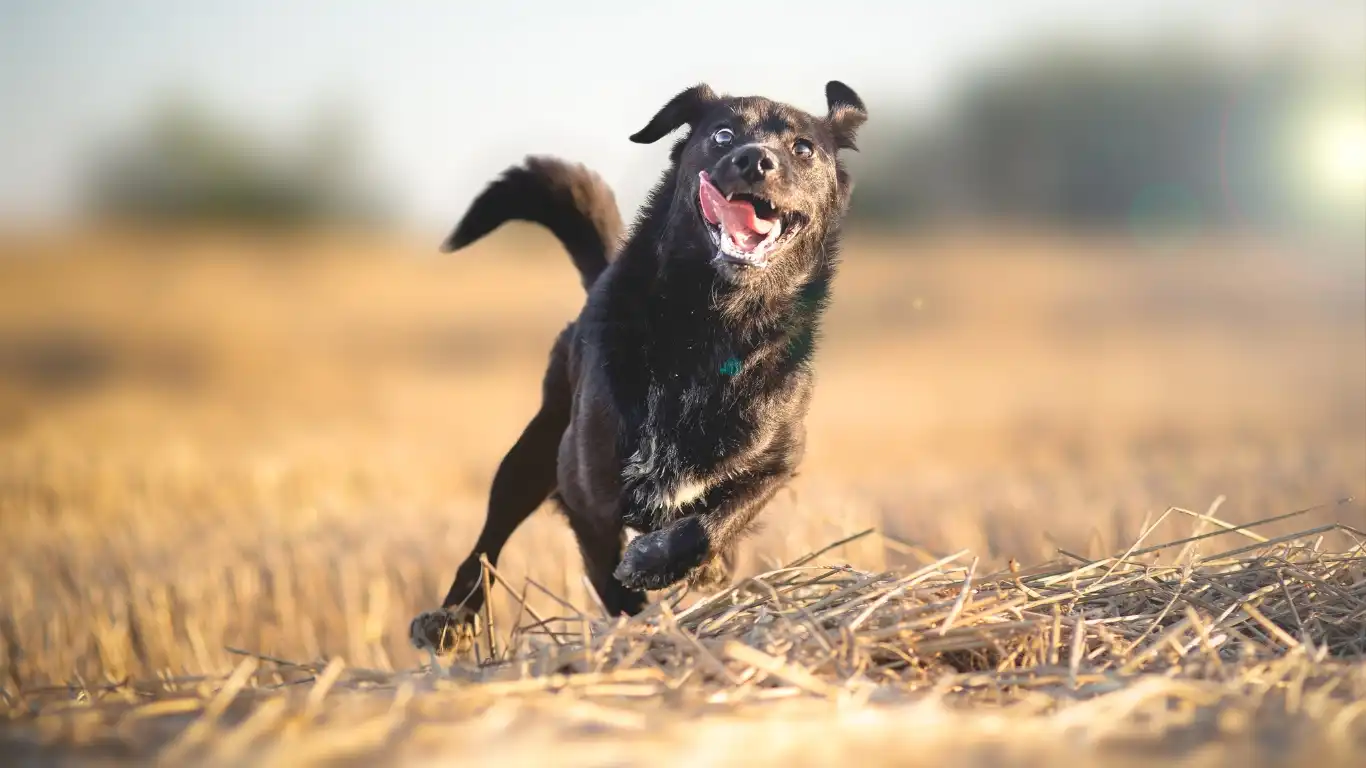
Balanced Breakfast
This is a biggie. What your dog eats in the morning sets the tone for the day. Aim for a high-quality, balanced diet that suits their breed, age, and activity level. I’ve worked with dozens of dogs suffering from low energy or chronic digestive issues—turns out, their food wasn’t working for them. Switching to a tailored nutrition plan worked wonders.
Not sure what “balanced” looks like? Here’s a quick checklist to run through:
- Protein from quality meat sources
- Complex carbs for lasting energy
- Healthy fats (like omega-3s for coat health)
- Essential vitamins and minerals
Feeding Times Matter
Try feeding your dog at the same time each day. This helps with digestion and reduces begging behavior. If your schedule’s a little all over the place, timed automatic feeders can be a lifesaver. I’ve recommended them to several busy clients, and they’re always shocked how quickly their dogs adjust—and how much easier life becomes.
Daily Walks & Movement: Physical Health + Mental Balance
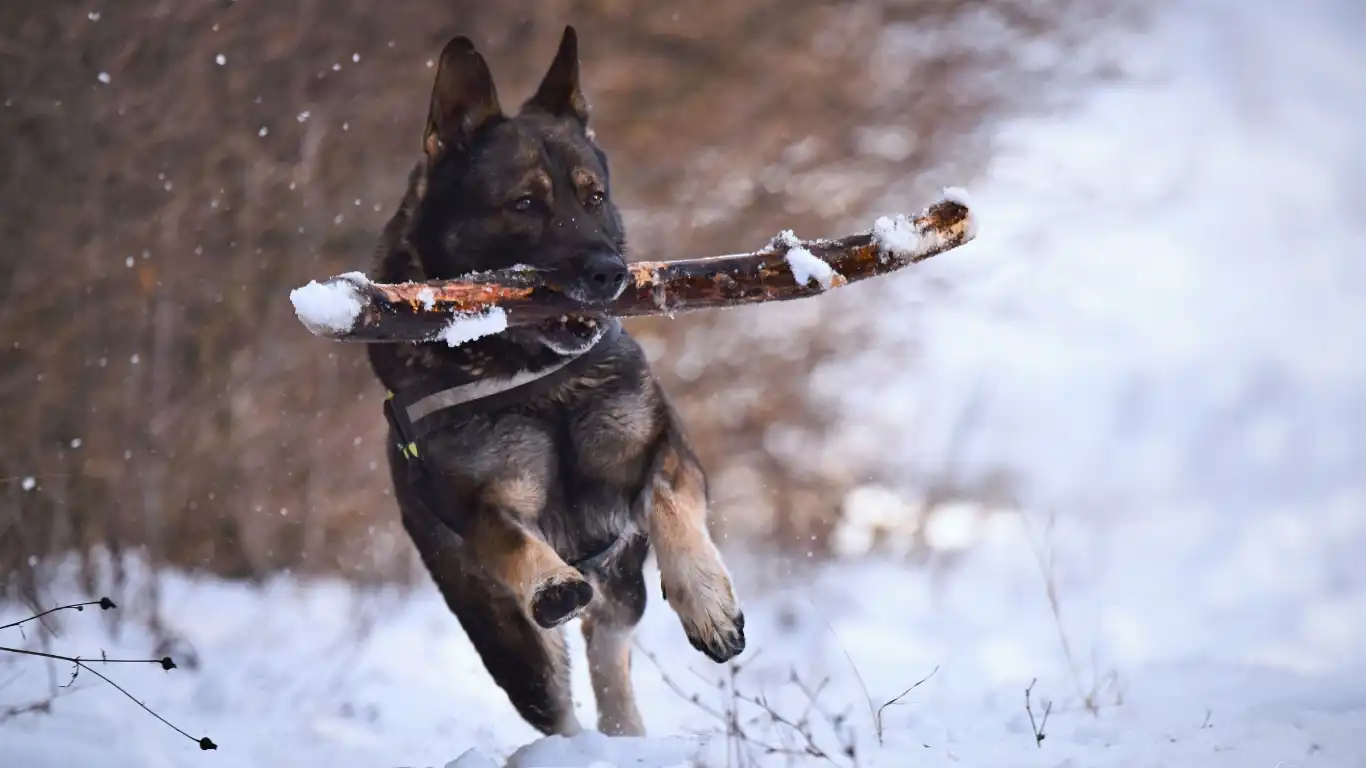
Consistent Exercise Routine
Exercise isn’t just about keeping off the extra pounds. It’s also about preventing anxiety, improving sleep, and keeping your dog mentally sharp. I tell pet parents to tailor the activity to their dog’s breed and energy level. Got a Border Collie? A stroll won’t cut it. More of a chill senior pug? A slow, sniff-heavy walk will do the trick.
- Morning walks: Kickstart the metabolism and release energy
- Midday play: Especially if you’re working from home—get that zoomie session in!
- Evening strolls: Wind things down and encourage good sleep
Mix Up the Activities
Keep your walks interesting. New smells, routes, or even playdates with neighbor dogs can really enrich your dog’s daily routine. Leo and I hit a different trail every weekend—it keeps him excited and I get my steps in too. Win-win.
So many health issues I see—from obesity to anxiety—are made worse by inactivity. Keeping your dog moving is one of the simplest (and most fun) ways to boost their quality of life.
Don’t Skip Mental Stimulation: Keep That Brain Busy
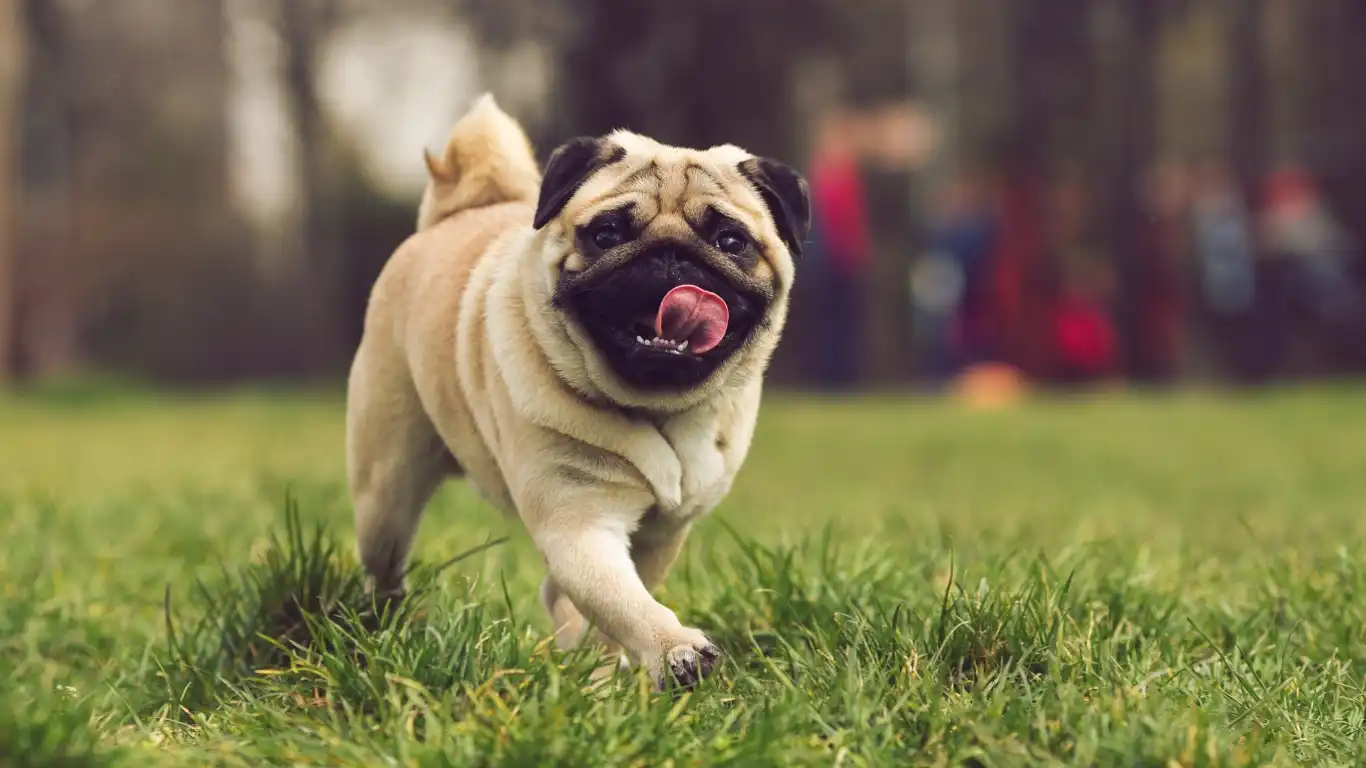
Why Mental Exercise Is Just As Important
Alright, so we’ve got the body moving, but what about that brilliant canine brain? Dogs, especially working breeds, need regular mental challenges. When they don’t get it, guess what? They’ll find their own “fun”—chewing your shoes, digging in your flower beds, barking at dust. I’ve seen it more times than I can count, and it’s usually an easy fix: add some brain games to their daily routine.
Easy Ways to Engage Their Mind
- Puzzle toys: Stuff them with healthy treats or kibble and let your dog work it out
- Training sessions: Keep them short and positive—5 to 10 minutes is plenty
- Scent games: Hide treats around the house and let your dog sniff them out
- New commands: Teaching “spin,” “touch,” or even “put away your toys” adds variety
My shepherd mix, Daisy, lights up the second I bring out a snuffle mat. Her tail does this little helicopter swirl—it’s the cutest thing. It’s not just fun for her; it keeps her sharp, focused, and out of trouble.
Social Time: Dogs Are Pack Animals, After All
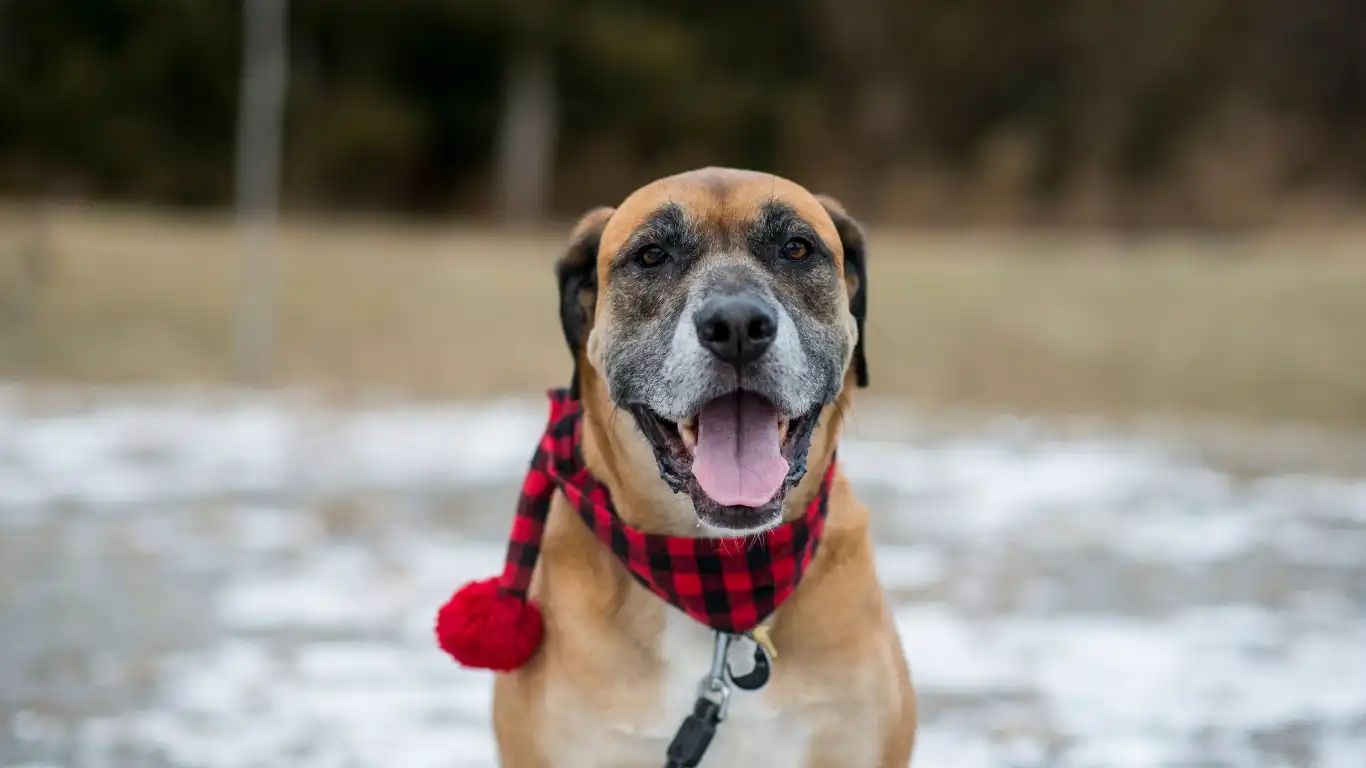
Daily Social Interactions Matter
Many people forget that dogs are naturally social creatures. Even if you have a clingy pup at home, interacting with other dogs or friendly humans stimulates different social skills. I always encourage clients to find what works for their dog—whether it’s group playdates, dog park hangouts, or simply daily chats with neighbors during walks.
Important tip: Not every dog is a social butterfly. And that’s okay! If your pup is more introverted, focus on calm, structured social encounters instead of chaotic park meetups.
Doggy Daycare (When Done Right)
For busy households or high-energy breeds, doggy daycare a few times a week can be a game-changer. Just make sure the staff are certified, the dogs are grouped by temperament, and the environment is clean and safe. I’ve worked with some awesome facilities that totally transformed shy or reactive dogs into confident, balanced pups.
Rest & Recovery: The Underrated Part of the Routine
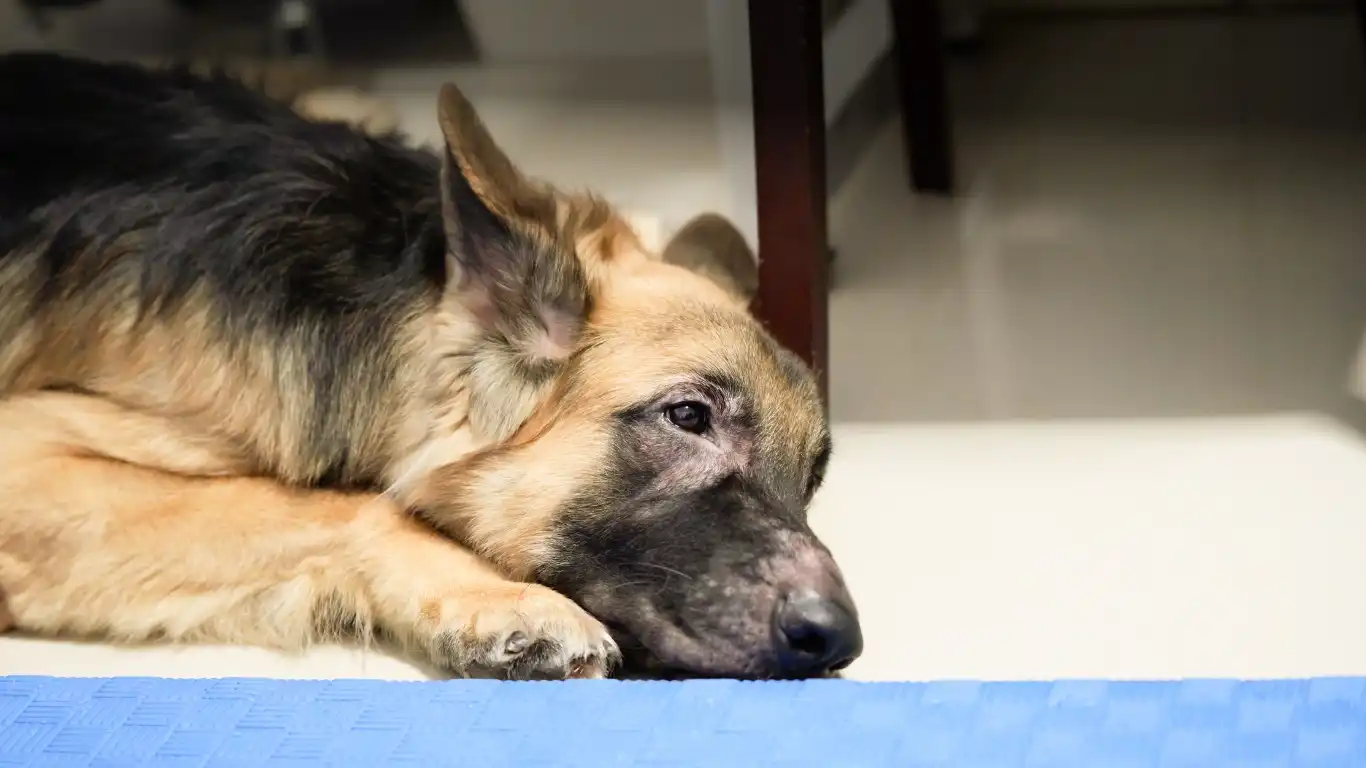
Establish a Restful Space
Just like us, dogs need their downtime. That includes actual sleep (most adult dogs need 12–14 hours!) and quiet time during the day. Make sure they have a cozy, undisturbed area where they can retreat—especially in multi-pet households or noisy homes.
Leo has his favorite sunspot by the sliding door. Around 2 p.m. every day like clockwork, he curls up there and snoozes. I used to think he was just being lazy, but honestly? He’s just taking care of himself, and that’s something I now build into his daily routine.
Don’t Overstimulate
It’s tempting to pack your dog’s day with walks, play, and training—but balance is key. Overstimulated dogs can actually become cranky or anxious. Keep things structured with enough mental and physical breaks throughout the day. I usually recommend this simple rhythm to my clients:
- Morning walk and breakfast
- Rest period
- Midday play or light training
- More rest
- Evening walk and wind-down
Following a flow like this gives your pup purpose, predictability, and peace—three things every dog deserves.
Keep Health in Check: Daily Wellness Habits That Add Up
Quick Daily Health Checks
As a vet tech, this is something I’m always preaching: quick once-overs make a huge difference. Every day, take just 60 seconds to check your dog’s:
- Eyes (clear, no goop)
- Ears (clean, not smelly)
- Teeth and gums (healthy pink, not red or smelly)
- Paws and nails (no cracks or overgrowth)
- Skin and coat (no new bumps, excessive shedding, or fleas)
These tiny moments help you catch problems before they snowball. One time, I noticed a weird little bump on Daisy’s leg during a cuddle session—turned out to be an early-stage mast cell tumor. We caught it early, and she’s totally fine now. But without that daily check-in? Who knows.
Daily Supplements & Meds
If your dog takes any daily medications or supplements—like joint support, probiotics, or allergy meds—make it part of your routine. Same time, every day. No guesswork. I always tell clients to set a reminder or add it to their own supplement schedule. Whatever works to stay consistent!
When it comes to how to maintain a healthy daily routine for your dog, small things add up to big results. Structure, care, and consistency go a long way in helping your dog feel safe, happy, and healthy every single day.
Building Lasting Habits: Tips to Keep Your Dog’s Routine on Track
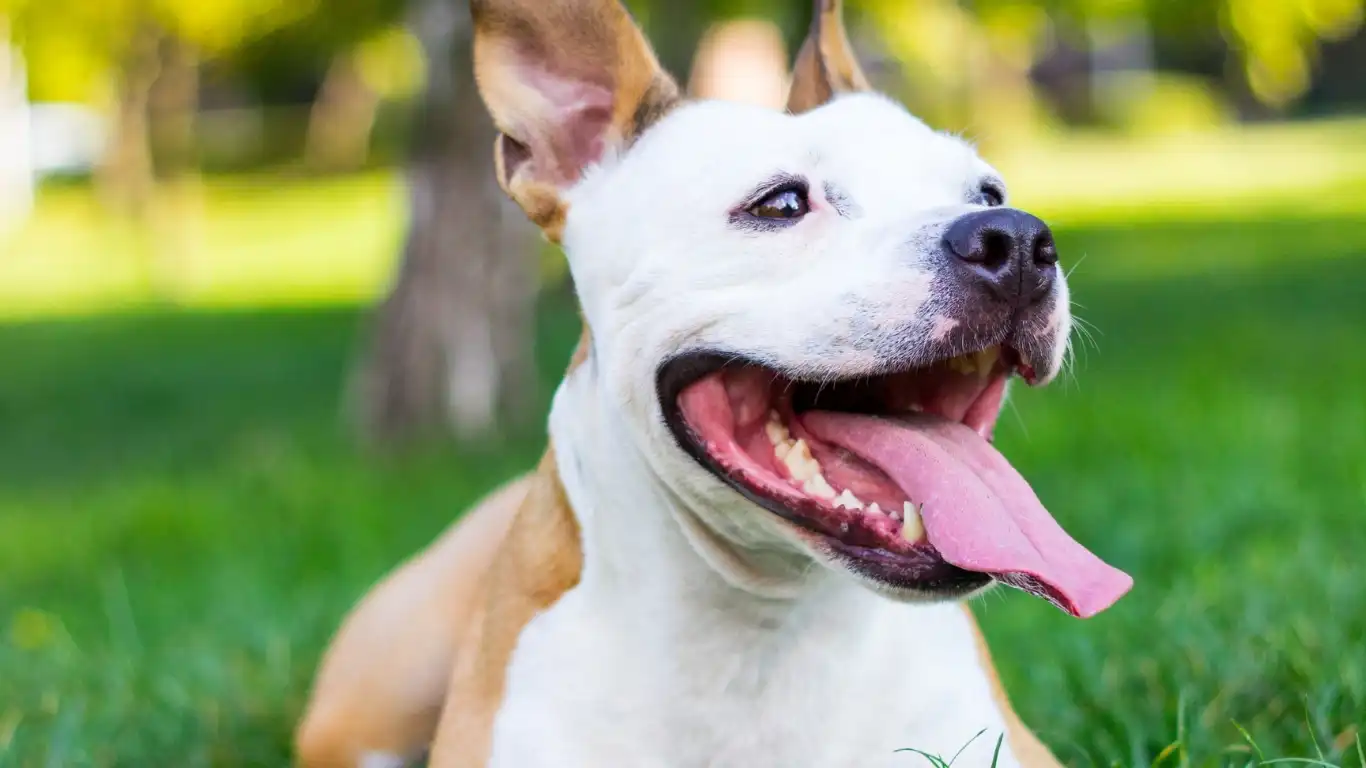
Start Small and Build Gradually
When I first coach new dog owners, I always stress the importance of starting with just one or two changes at a time. If you try to overhaul everything at once—feeding times, exercise, training, supplements—it can quickly become overwhelming for both of you. Instead, pick one habit to focus on for a week or two, then add another. This way, your dog’s body and mind adjust, and you’re more likely to stick with it long-term.
Track Your Progress
Sounds a little formal, but trust me, it works. I recommend keeping a simple journal or using a notes app on your phone to jot down daily wins and any challenges. Did your dog finish their meal without fuss? Did you get in that extra sniff walk? These little victories motivate you and give you a clear picture of what’s working and what needs tweaking.
Be Patient and Flexible
Every dog is unique, and sometimes routines need tweaking. For instance, a sudden change in weather might mean shorter walks or indoor games. Illness or injury will require rest and gentle care. The key is patience. If you’re consistent but also willing to adapt, your dog will thrive.
Recognizing When to Seek Professional Help
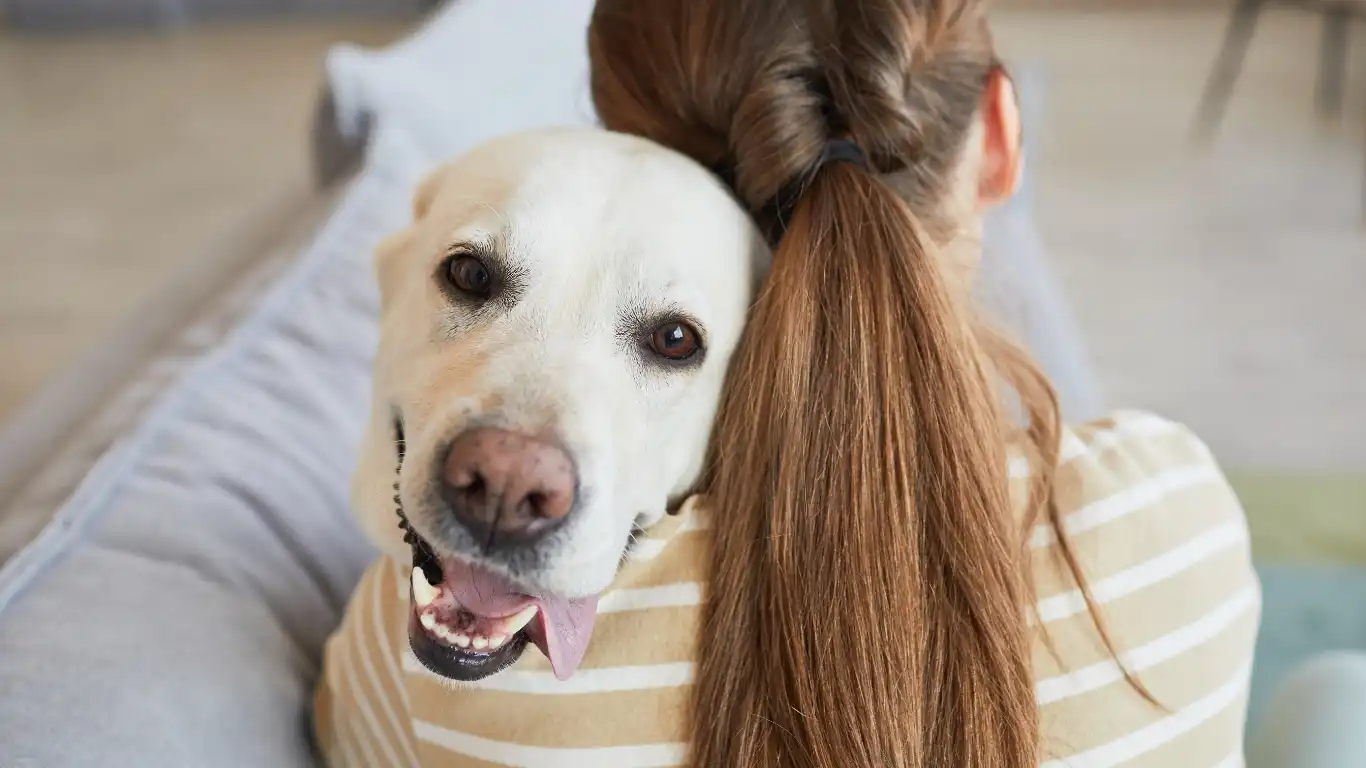
Trust Your Gut—and the Experts
As a vet tech, I can’t stress enough how valuable regular veterinary check-ups are. Even if your dog looks fine, some health issues sneak up quietly. But beyond the vet, if you notice behavioral changes like sudden aggression, excessive lethargy, or changes in eating habits, don’t hesitate to get professional advice.
Nutrition Consultations Can Make a Difference
Sometimes, despite your best efforts, your dog might struggle with weight, allergies, or digestive issues. A specialized nutrition consultation can be a game-changer. Over the years, I’ve helped pet parents tailor diets that account for allergies, sensitivities, or life-stage needs. It’s well worth the investment.
Training & Behavior Specialists
Similarly, if your dog’s routine is being disrupted by anxiety, fear, or behavioral issues, a certified trainer or animal behaviorist can help you build a better daily plan. They offer targeted advice that complements what you’re doing at home.
Putting It All Together: Your Personalized Daily Routine
Here’s a quick example based on what I’ve learned through years of working with dogs and their humans. Customize it to fit your dog’s unique needs, but keep the core principles of consistency, balance, and care.
- 7:00 AM – Wake up, water refill, bathroom break
- 7:30 AM – Balanced breakfast with fresh water
- 8:00 AM – Short walk with some sniffing time
- 10:00 AM – Mental stimulation session (puzzle toys or training)
- 12:00 PM – Rest and quiet time
- 2:00 PM – Playtime or social interaction (dog park or playdate)
- 4:00 PM – Light snack or supplement if recommended
- 6:00 PM – Dinner with balanced nutrition
- 7:00 PM – Evening walk and wind-down
- 9:00 PM – Quiet time, cuddles, health check (ears, teeth, paws)
- 10:00 PM – Bedtime in a comfy, peaceful spot
This routine covers all the essential bases: exercise, nutrition, mental health, social time, and rest. Over time, it becomes second nature—for both you and your dog.
Final Thoughts on How to Maintain a Healthy Daily Routine for Your Dog
Maintaining a healthy daily routine isn’t about perfection—it’s about love, attention, and small habits done consistently. From my experience as a veterinary technician specializing in nutrition, I’ve seen how these routines create happier, healthier dogs and stress-free pet parents. You know your dog best, so use these tips as a flexible framework, not a strict rulebook.
Remember, every dog deserves a routine that nourishes their body, mind, and spirit. And trust me—once you find that groove, you’ll see the difference in their wagging tail and bright eyes every single day.
References
- American Veterinary Medical Association
- American Animal Hospital Association
- American Gastroenterological Association
- American Kennel Club
Disclaimer
This article is for informational purposes only and does not replace professional veterinary advice. Always consult your veterinarian before making significant changes to your dog’s diet, exercise, or healthcare routine.
